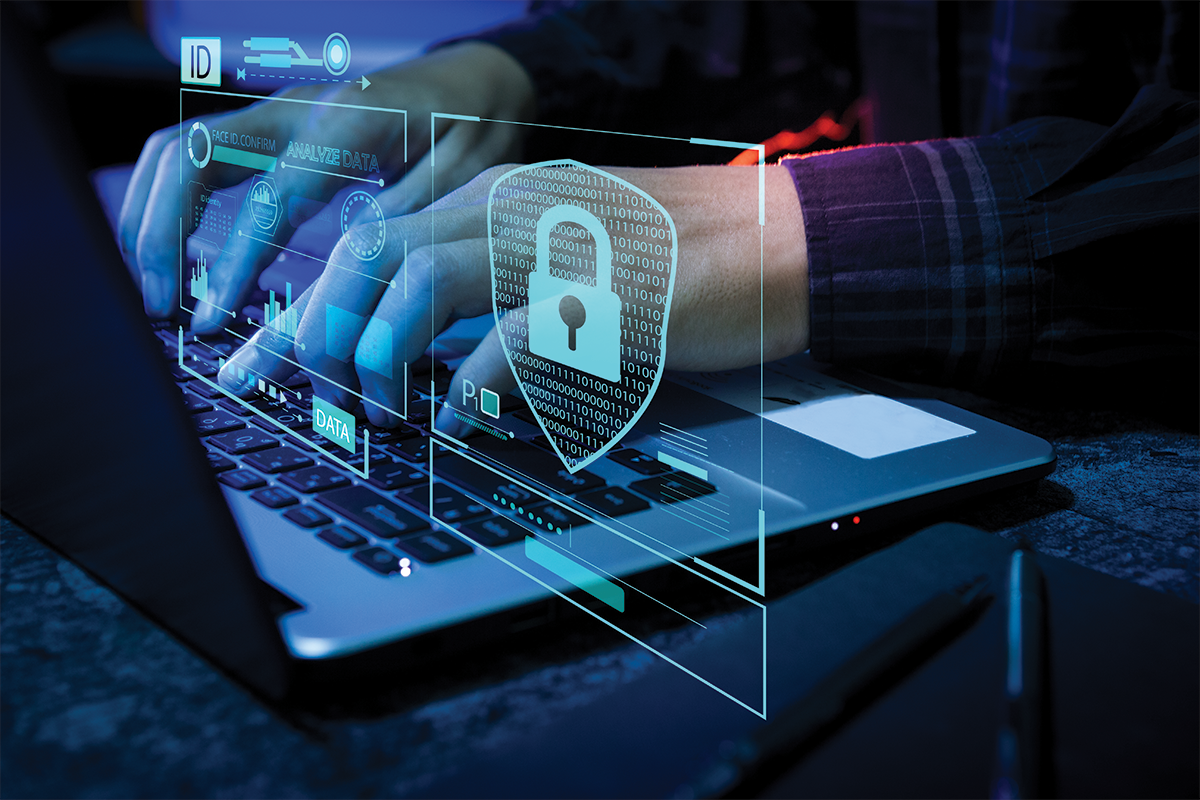As cyber threats become more sophisticated, organizations and individuals must stay ahead with the latest cybersecurity advancements. With increasing cyberattacks, data breaches, and ransomware incidents, the cybersecurity landscape continues to evolve, integrating new technologies and strategies to counter digital threats. Here are the top cybersecurity advancements shaping the industry in 2025.
1. AI-Powered Cybersecurity
Artificial Intelligence (AI) and Machine Learning (ML) are playing a crucial role in threat detection and response. AI-driven security systems can analyze massive amounts of data, identify anomalies, and predict potential cyber threats before they occur. Automated threat detection allows organizations to respond in real-time, minimizing the risk of data breaches.
2. Zero Trust Security Model
The traditional security perimeter is no longer sufficient. The Zero Trust Architecture (ZTA) follows the principle of “never trust, always verify.” Organizations are implementing continuous authentication, strict access controls, and micro-segmentation to reduce the risk of unauthorized access. Zero Trust ensures that only verified and authorized users can access sensitive data.
3. Quantum-Resistant Cryptography
With quantum computing on the rise, traditional encryption methods are at risk of being compromised. Researchers are developing post-quantum cryptographic (PQC) algorithms to safeguard sensitive information against future quantum threats. Governments and tech companies are investing heavily in quantum-safe encryption to protect national security and business interests.
4. Cybersecurity for IoT (Internet of Things)
The rapid expansion of IoT devices has introduced new vulnerabilities, making them prime targets for cybercriminals. Enhanced security measures such as stronger encryption, device authentication, and network segmentation are being implemented to safeguard connected devices. Regulations like the IoT Cybersecurity Improvement Act are enforcing stricter security protocols.
5. Cloud Security Enhancements
As more businesses move to the cloud, securing cloud infrastructure has become a top priority. Solutions like Secure Access Service Edge (SASE) and Cloud Security Posture Management (CSPM) provide continuous monitoring, threat detection, and compliance enforcement. AI-driven security tools are improving cloud defenses against cyberattacks.
6. Extended Detection and Response (XDR)
Extended Detection and Response (XDR) is the next evolution of threat detection, integrating data from endpoints, networks, servers, and cloud environments to provide a holistic security approach. Unlike traditional Security Information and Event Management (SIEM) systems, XDR offers real-time visibility, automated incident response, and advanced threat hunting.
7. Ransomware Defense Strategies
Ransomware attacks remain a significant cybersecurity challenge, targeting businesses, governments, and individuals. Companies are adopting immutable backups, endpoint detection and response (EDR), and network segmentation to prevent ransomware infections. The rise of Ransomware-as-a-Service (RaaS) has increased the threat landscape, making proactive defenses essential.
8. Passwordless Authentication and Biometric Security
Passwords remain a weak link in cybersecurity. Organizations are shifting towards passwordless authentication methods such as biometric security (fingerprints, facial recognition) and cryptographic keys. Passkeys and Multi-Factor Authentication (MFA) are becoming standard security measures to reduce phishing and credential theft.
9. Supply Chain Security Enhancements
Cybercriminals are increasingly targeting third-party vendors and supply chains to gain access to larger networks. Organizations are enforcing vendor risk assessments, Software Bill of Materials (SBOM), and zero-trust principles to secure supply chains. Software supply chain security has become a priority for enterprises and regulatory bodies.
10. Evolving Cybersecurity Regulations
Governments worldwide are enforcing stricter cybersecurity regulations to protect personal and corporate data. Compliance frameworks such as GDPR, ISO 27001, and SOC 2 are being strengthened. The EU’s NIS2 Directive and the U.S. Cybersecurity Maturity Model Certification (CMMC) are setting higher security standards for businesses and public institutions.
Conclusion
Cybersecurity is an ever-evolving field, adapting to emerging threats and technological advancements. As cybercriminals develop more sophisticated attack methods, organizations must invest in AI-driven security, zero-trust models, cloud security enhancements, and quantum-resistant cryptography. Staying ahead of cybersecurity trends ensures a safer digital landscape for businesses and individuals alike.

